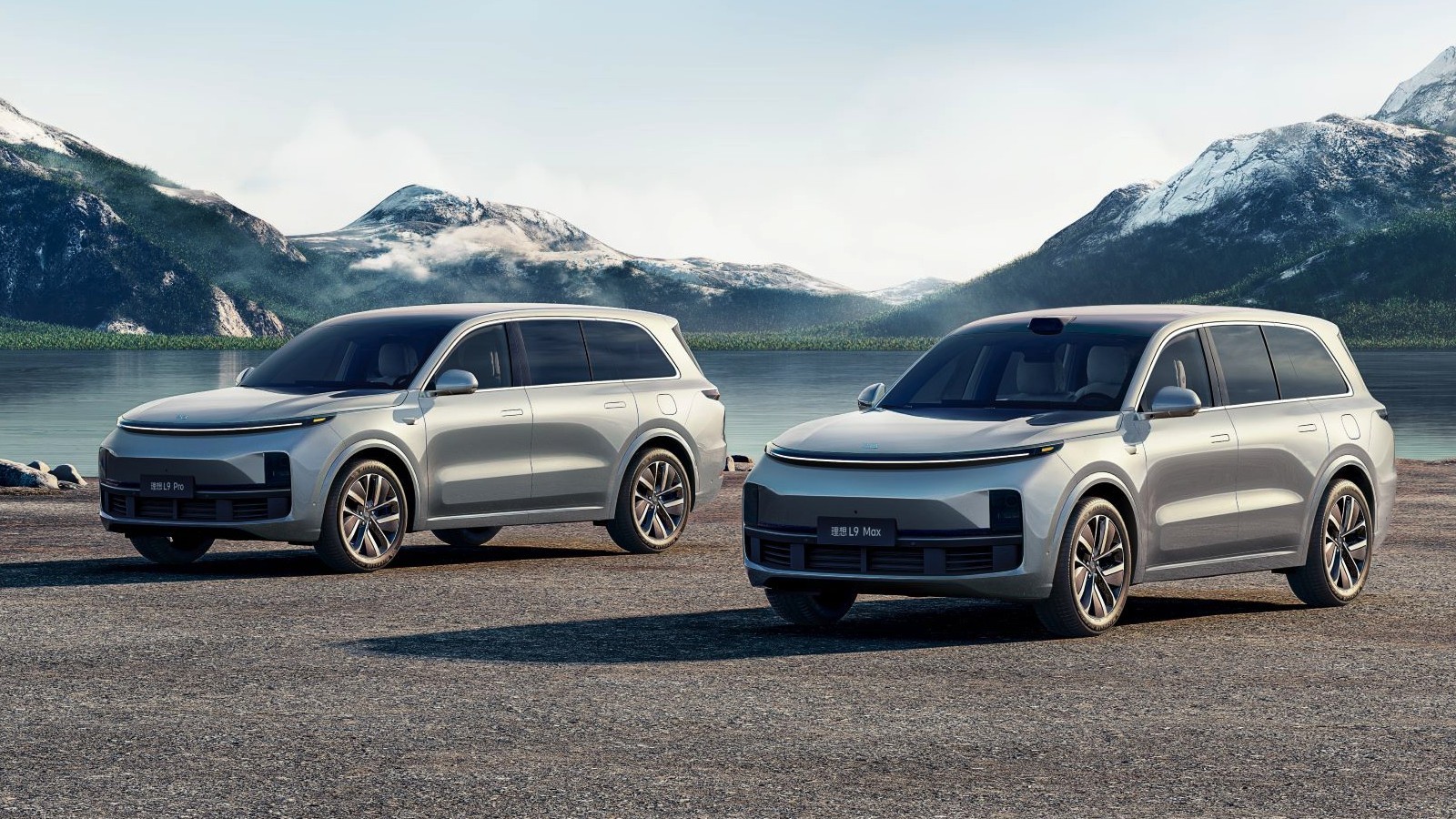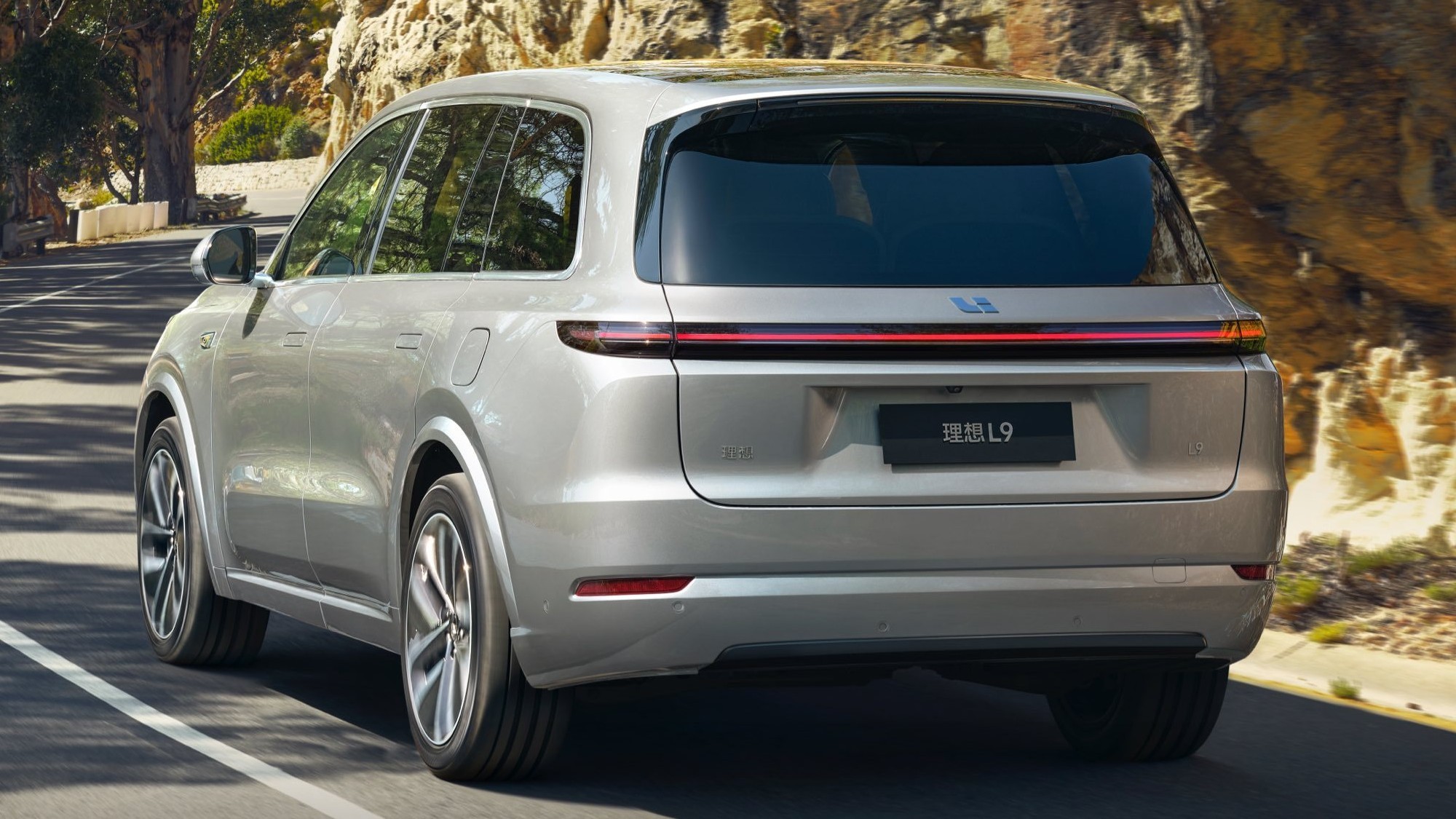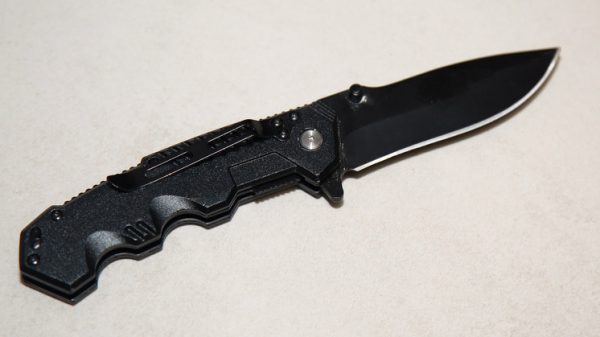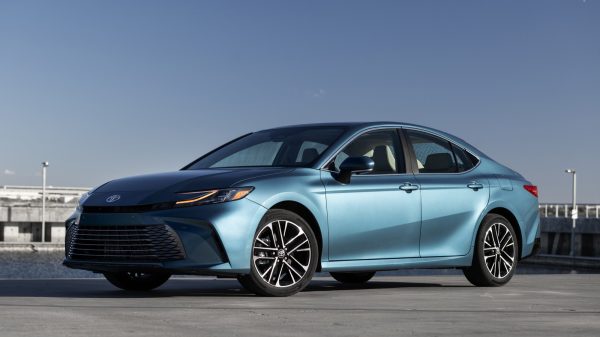
The young Chinese company Li Auto produces expensive plug-in hybrid crossovers. The flagship Li L9 has just received a «budget» version of the Pro, devoid of some electronic components, but not inferior in terms of comfort to the top version of the Max.
Li Auto (aka Li Xiang, aka formerly CHJ Automotive) was founded in 2015 by Chinese media mogul Li Xiang and operates under the brand name Li, which stands for Leading Ideal and also indicates the name of the founder. Unlike most other young Chinese companies, Li Auto does not produce electric vehicles, but pug-in hybrids, more precisely, range extender series-type hybrids, in which the internal combustion engine is not directly connected to the wheels and is used as a generator to increase the electric range.
The first production model of the startup was the large Li One crossover in 2019, but it has already been discontinued, it was replaced by the L7, L8 and L9 crossovers — all of them, in fact, are an upgraded version of the Li One, but differ from each other in size and some design elements. The flagship three-row crossover Li L9 entered the Chinese market last summer in the top version of Max, and now a simpler version has been launched — Li L9 Pro.
Li L9 Pro 1/2 Li L9 Pro 2/2
Note that the business model of Li Auto has been very successful, the company is one of the leaders in the growth of the Chinese car market. In July, for example, it sold 31,134 cars, which is 227.5% more than in July 2022, and in total, Li Auto has sold more than 400,000 cars since the start of work, of which 173,251 from January to July 2023 of the year. At the same time, Li Auto is forced to respond to the price war unleashed at the suggestion of Tesla and other young Chinese companies in the Chinese market — Li L9 Pro is just a reaction to the actions of competitors.
Li L9 Max 1/3 Li L9 Max 2/3 Li L9 Max 3/3
Overall length Li L9 — 5218 mm, width — 1998 mm, height — 1800 mm, wheelbase — 3105 mm. Adaptive air suspension is standard equipment: front — on double wishbones, rear — multi-link. The power of the 1.5-liter petrol turbo engine is 113 kW (154 hp), the power of the front electric motor is 130 kW (177 hp), the power of the rear electric motor is 200 kW (272 hp). The maximum combined output of the power plant is 330 kW (449 hp) and 620 Nm.
1/3 2/3 3/3
The capacity of the lithium-ion battery mounted in the floor is 44.5 kWh (of which 39.2 kW are available to the consumer), the range on electric traction with a fully charged battery is 215 km according to the Chinese CLTC cycle or 180 km according to the European WLTC cycle. The volume of the fuel tank is 65 liters. The range in hybrid mode is 1315 km on the CLTC cycle or 1100 km on the WLTC cycle. The first «hundred» Li L9 picks up in 5.3 seconds, the maximum speed is limited at around 180 km/h.
1/3 2/3 3/3
The interior of the Li L9 is three-row, six-seater, two separate seats are installed in the second row. Standard equipment includes three 15.7-inch screens, two of them screwed to the front panel, and the third to the ceiling and is designed for second-row passengers. A small instrument panel built into the steering wheel hub is complemented by a projection screen on the windshield. Also standard equipment includes a thermal box for products (it can both cool and keep warm), a high-end 2160-watt Dolby Atmos audio system with 21 speakers, massagers for the first and second row seats, and the second row seats are supplemented with vibrators to create an immersive effect when viewing. movies.
 Li L9 Pro (left) and Li L9 Max (right)
Li L9 Pro (left) and Li L9 Max (right)
The difference between the Li L9 Pro and Li L9 Max comes down to the limited features of the Pro version of autonomous driving: there is no lidar over the windshield, simpler video cameras are installed, and a simpler computing processor is used. As a result, the Li L9 Pro can only drive on its own on the motorway (the Li L9 Max can also do this in the city), but at the same time, the basic set of electronic driver assistants is exactly the same as the Li L9 Max. Considering that Level 3 autopilot has not yet been legalized in China, there is no significant difference between the Pro and Max versions, although wealthy residents of Chinese megacities, of course, are pleased to flaunt the fact that they have a full-fledged autopilot on board.

Getting rid of «extra» electronics has reduced the price of the flagship crossover: Li L9 Pro costs from 429,800 yuan (5.56 million rubles in translation at the current rate), while Li L9 Max — from 459,800 yuan (5.94 million rubles). Li Auto is not officially represented on the Russian market, but gray dealers have quite a large number of its cars: Li L9 prices range from 7.5 million to 11.5 million rubles.






















































Свежие комментарии